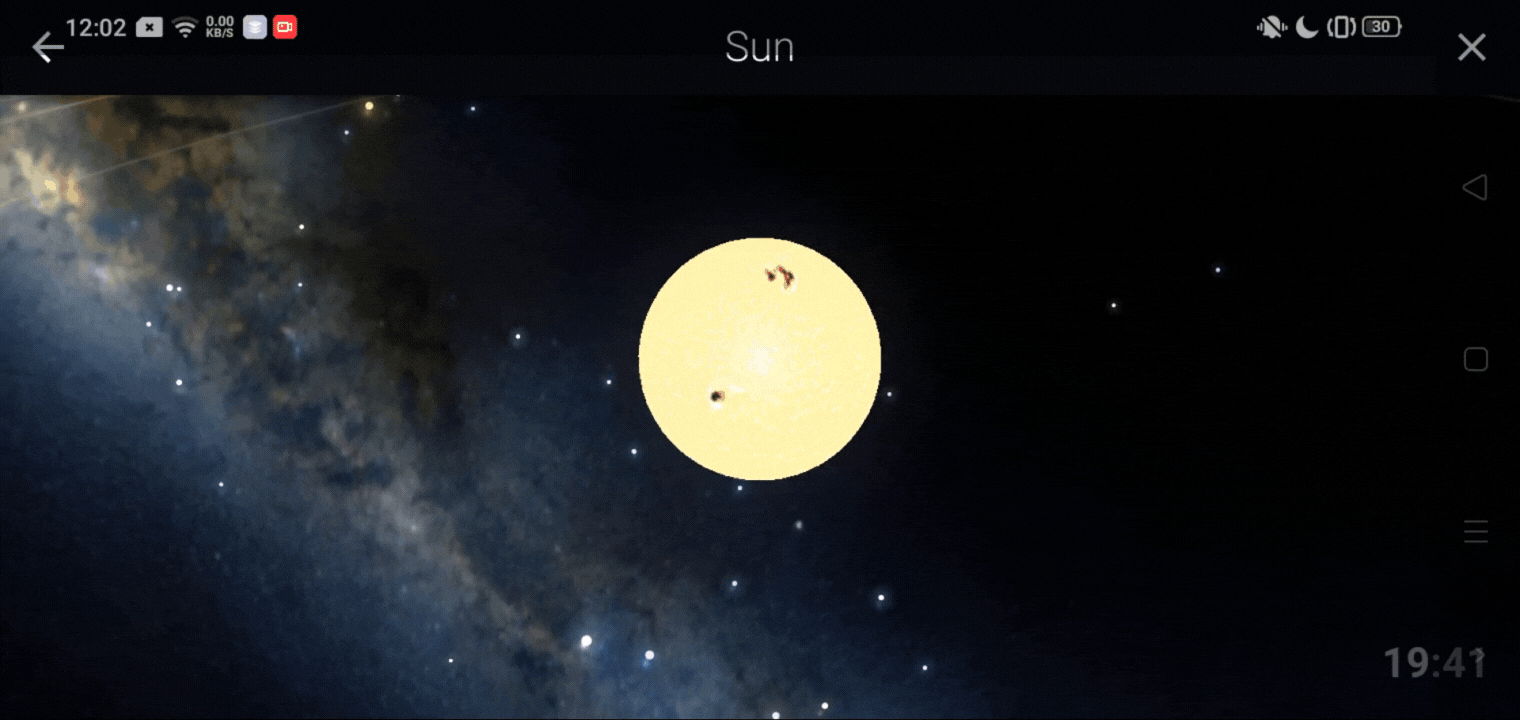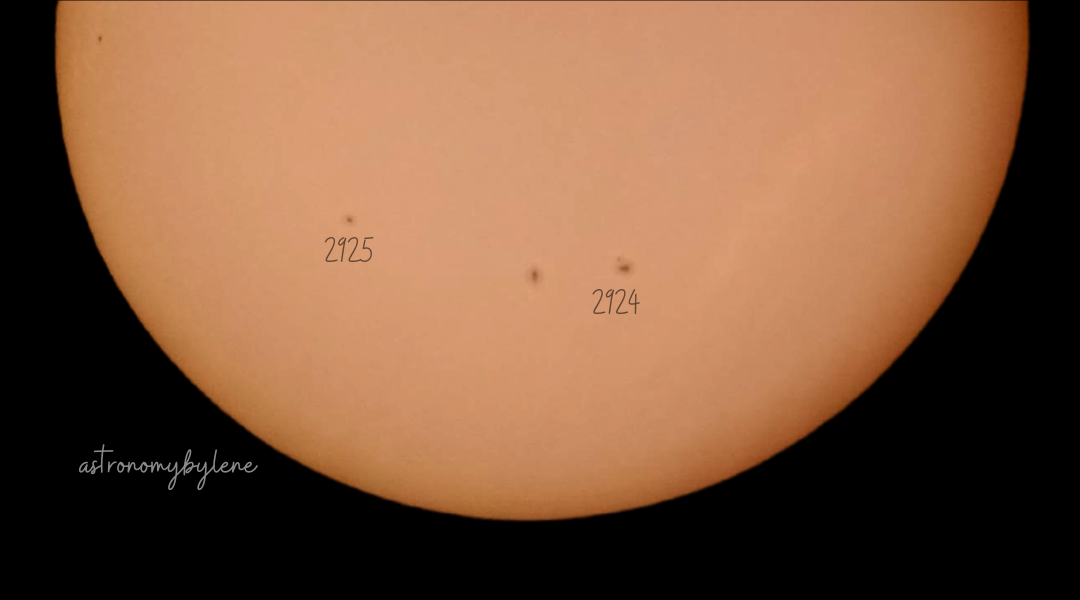Our Sun is the closest star to the Earth. It is our main source of energy and every living being on the planet is dependent on the Sun.
Did you know that on the Sun’s surface, we can observe many interesting features?
NOTE: DO NOT LOOK DIRECTLY AT THE SUN WITHOUT PROPER SOLAR EQUIPMENT OR SOLAR FILTERS.
One interesting feature of our local star is Granulation, or Granules. Granules are caused by convection currents and are characterized by its grain-like appearance.
Granulation is observable using an H-alpha (Hα) or Calcium-K (Ca-K) filter

Usually mistaken as a glitch on the 3D view of the Sun on Stellarium Mobile Plus, sunspots are another interesting feature of the Sun.
Sunspots are the black spots, often coming in pairs that can be observed on the surface of the Sun.
These sunspots are areas in the Sun that are generally cooler compared to other areas on the Sun’s surface, which is a bit ironic because at first appearance they look like burnt areas.
Aside from being cooler, sunspots are areas where magnetic field is stronger and are where prominences and solar flares occur.
Here are some photos showing sunspots on our solar observation using a white light filter on a 114mm reflector telescope:

Accompanying sunspots, Faculae is another interesting feature of the Sun. Faculae are the bright areas of the Sun that doesn’t contain granulation. All sunspots have an accompanying facula (singular) but not all faculae necessarily have a sunspot. While sunspots are areas taht are generally cooler than the Sun, faculae are areas that are slightly hotter than the surrounding photosphere.
Sunspots, Faculae, and Granulation can be observed on the 3D view of the Sun on Stellarium Mobile Plus!

Available on Google Play and the iOS App Store
Follow us on
Twitter
and
Facebook
for the latest astronomical news and updates to Stellarium!
If you encounter any issues or bugs, feel free to email us at
[email protected]
and we will provide you with the best assistance.

